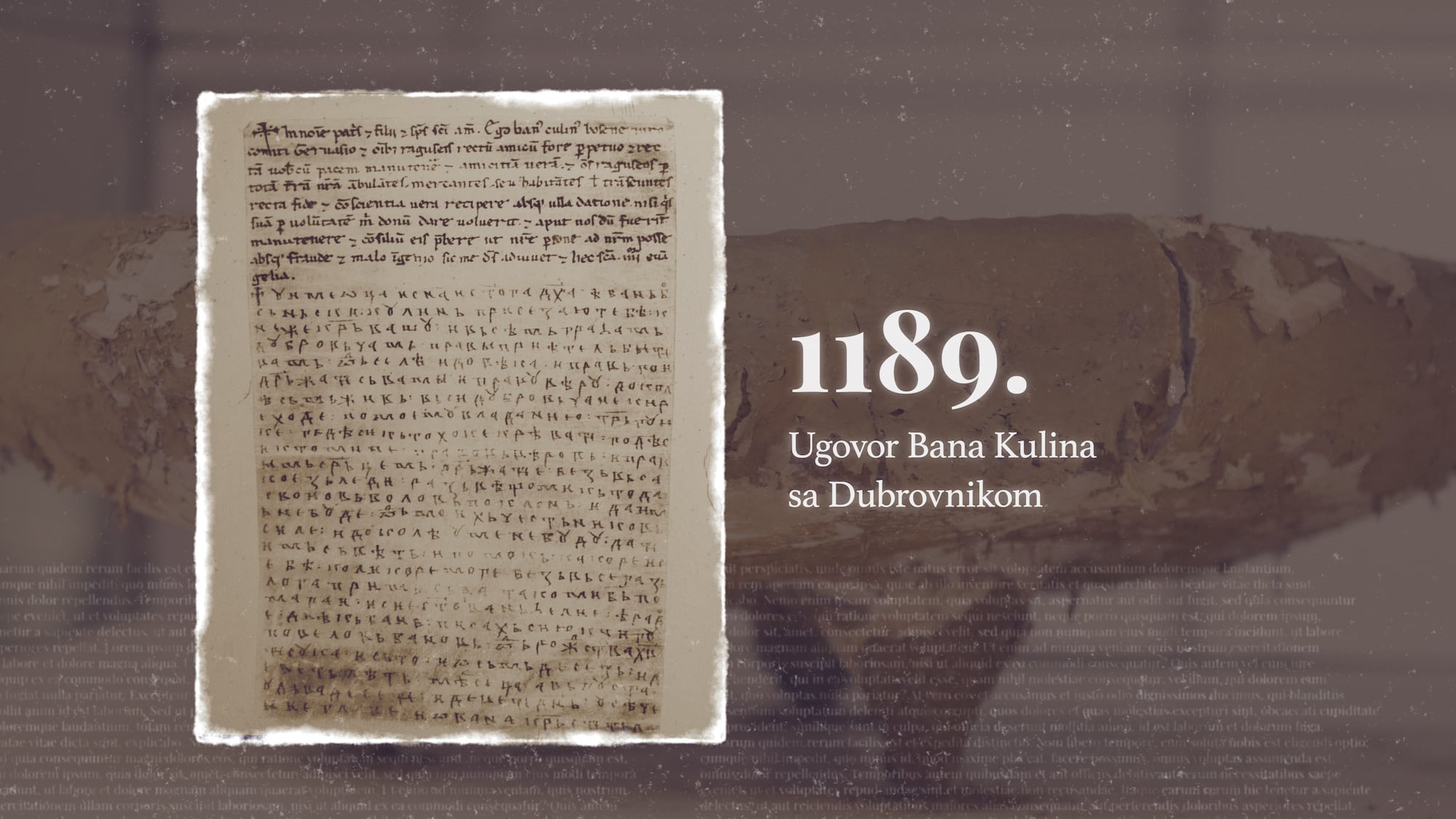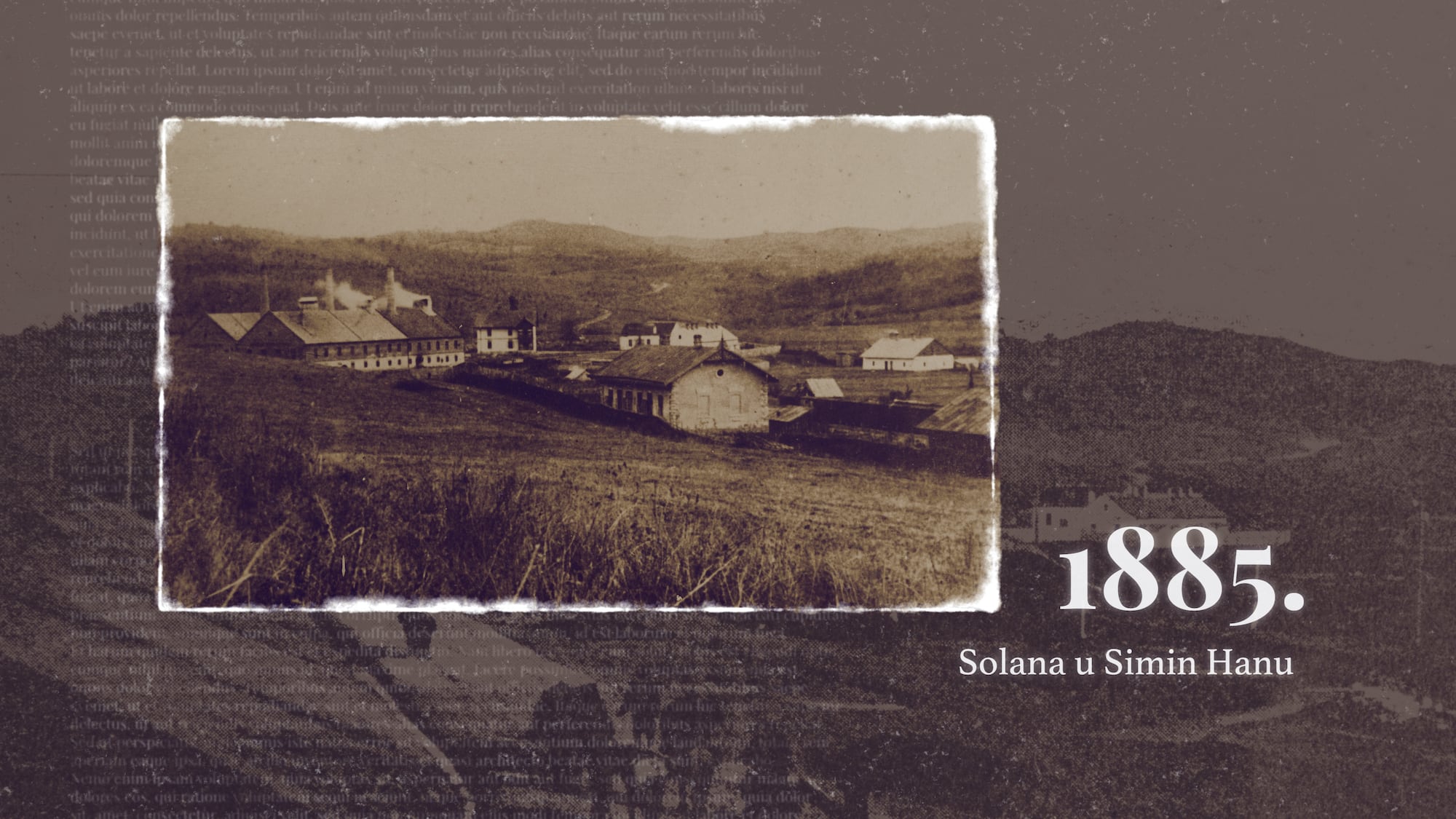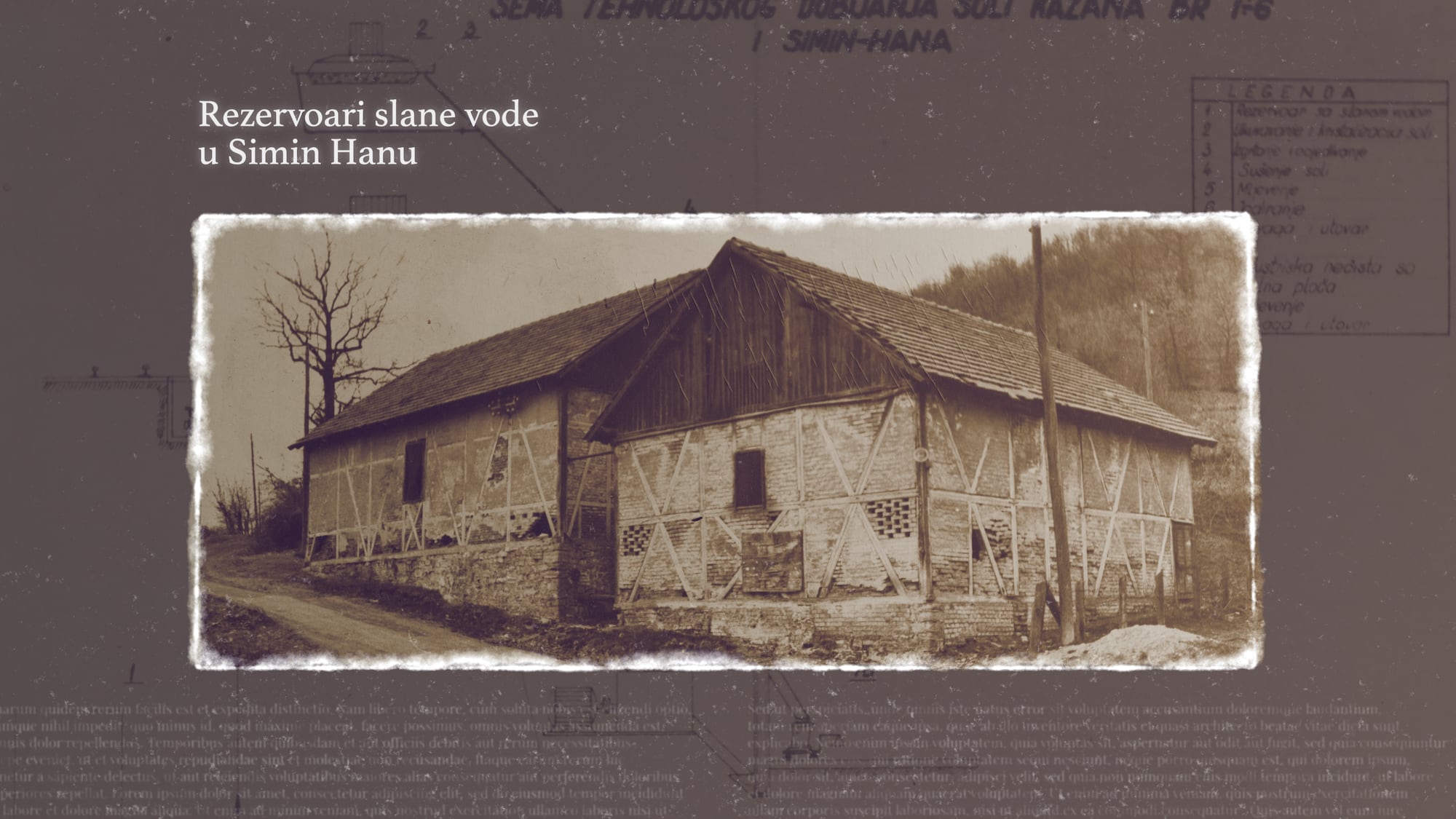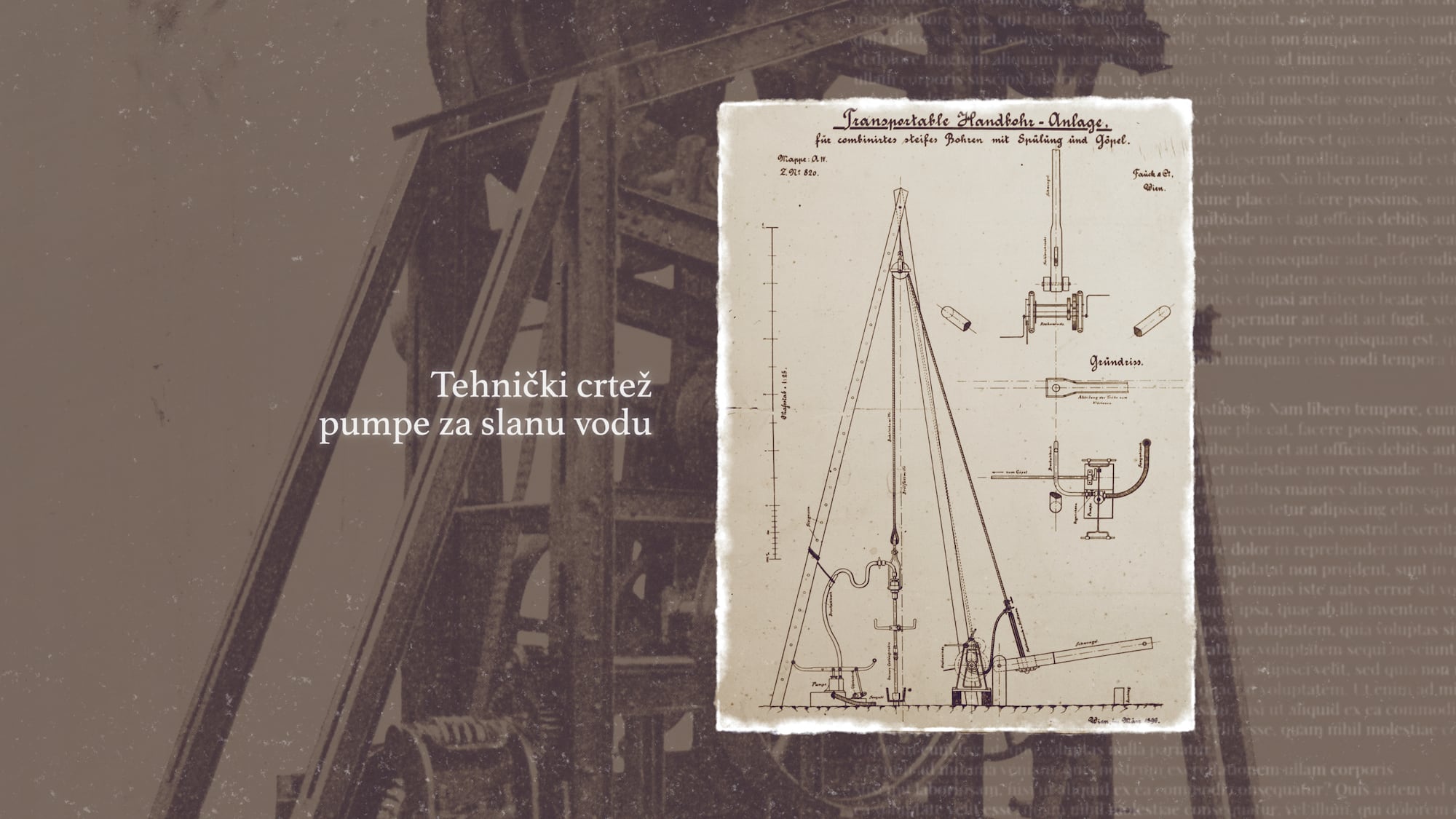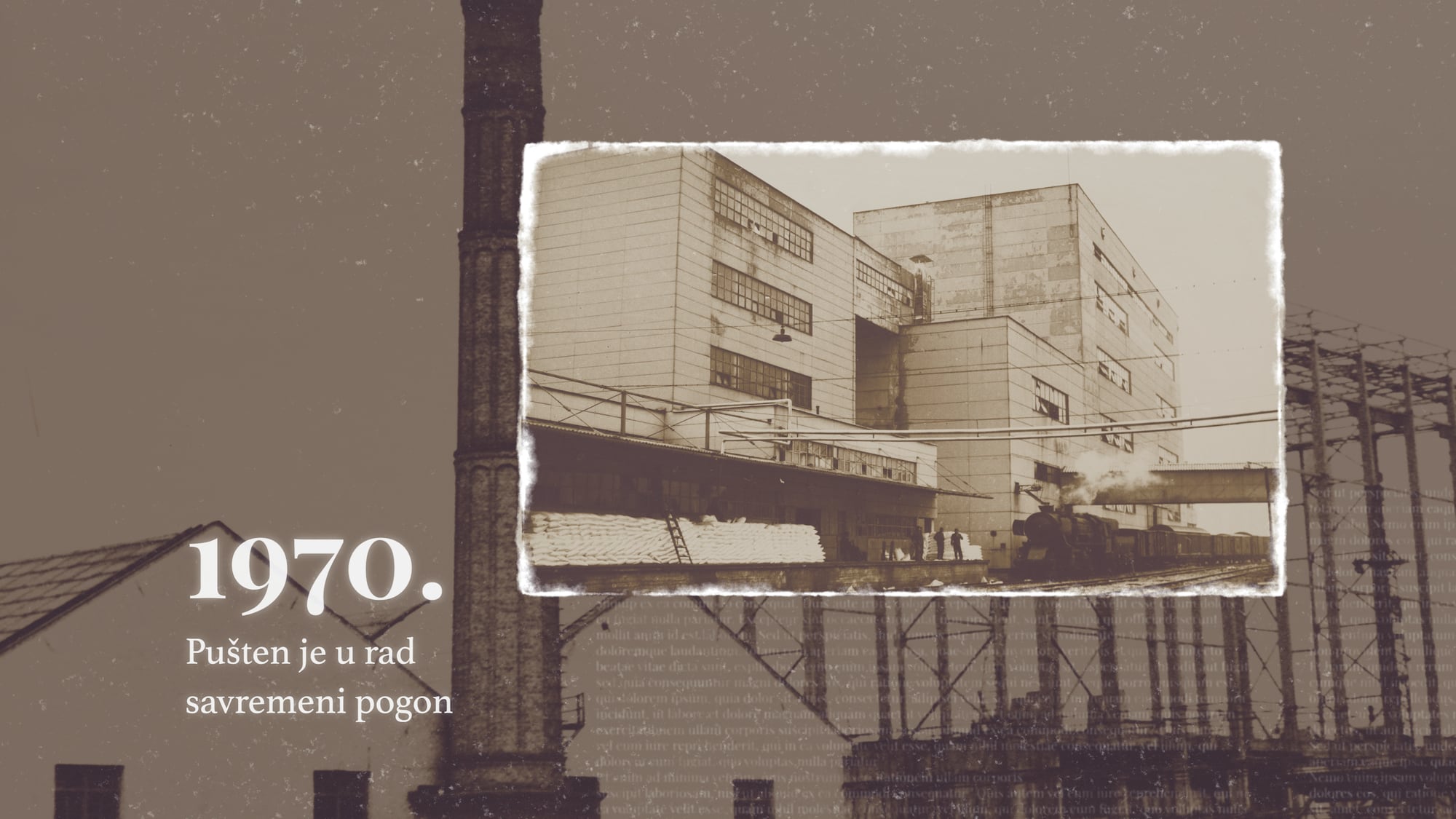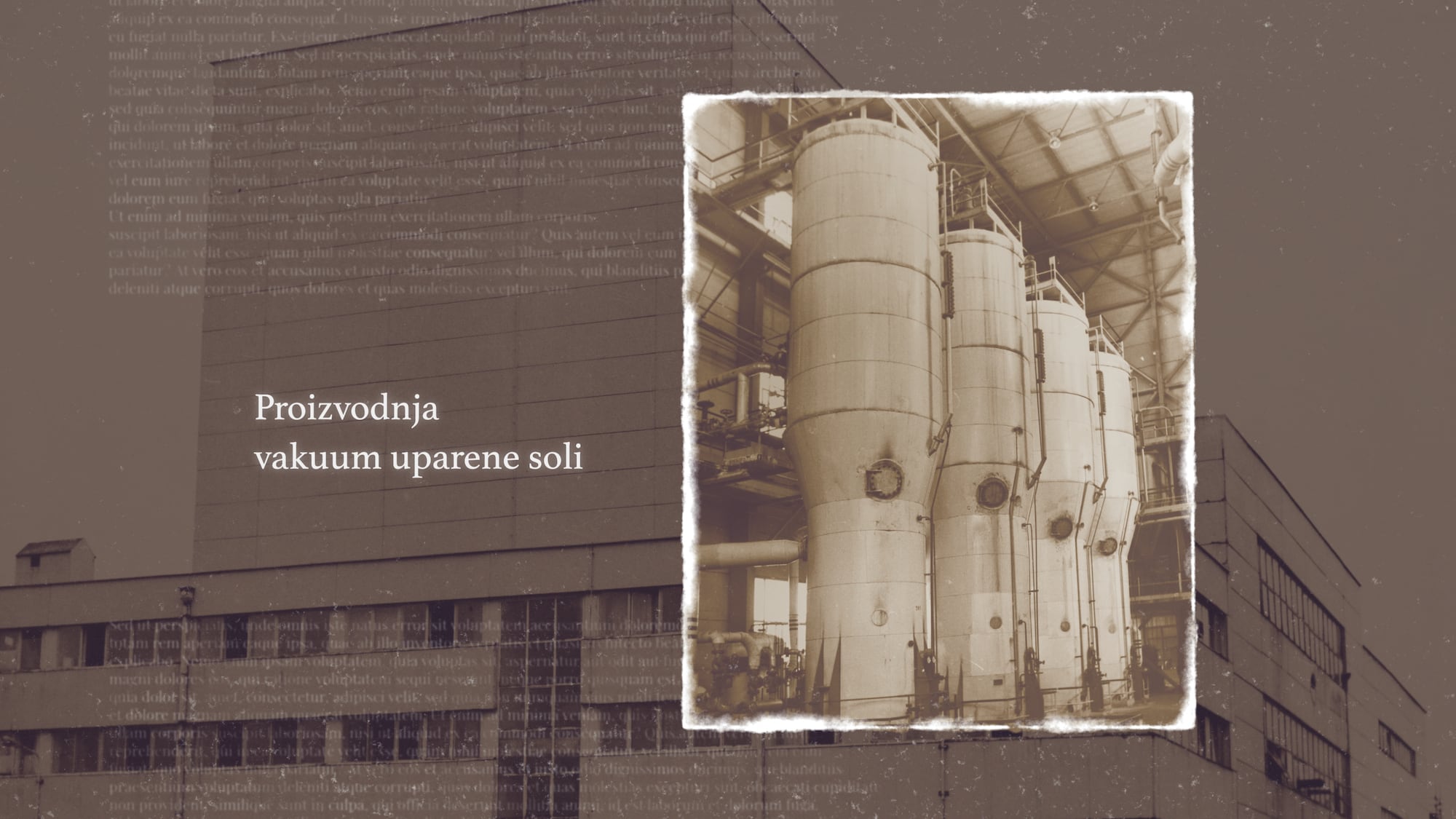Solana’s history
Solana Jsc Tuzla is one of the oldest companies in Bosnia and Herzegovina. Construction of the first industrial plant in Simin Han started in 1884. and ended a year later. Since that 1885. until now Solana hasn’t stopped working regardless of different circumstances.
With arrival of Ottoman Empire salt production becomes more organised and aimed at trading. The oldest data about organised salt production in Gornja Tuzla and Donja Tuzla goes back to 1478, when 13 tons of salt had been produced. Ottoman Empire organised the system which allowed individuals to exploit salt as long as they sold part of the product to the country, what was clearly stated in Laws regulating Tuzla salt exploitation in 1548.
Production system was based in evporating salty water on a wood-fired pots. Thanks to organised production of salt, Gornja Tuzla and Donja Tuzla developed. The production in Ottoman time thrived from 13 tons to 640 tons, the data from 1875, the year at the very end of Ottoman era in Bosnia and Herzegovina.
Arrival of the Austro-Hungarian Empire in Bosnia and Herzegovina in 1878 started the process of industrialization. As soon as the new reign was established, in 1880, The Austro-Hungarian rulers established monopoly on salt and started construction of the first salt factory in Simin Han four years later. Simin Han plant was opened in 1885, when the uninterruptible production of salt in company Solana started. The importance of Solana can be noticed in the fact that the king Franz Joseph named Solana after himself on 16. 2. 1885.
Industrialization brought new way of life and Tuzla, the town as it is today, was started on industrial tradition at the end of 19th century. The town developed with the development of industry, and this has influenced all the social and political events from 1878 until today.
Founding of Kingdom of Yugoslavia in 1918 did not significantly influence the life of Solana. Monopoly on salt was held in Belgrade and the increase in production did not take place. One important event during this period occured in 1937 when modernisation happened and new technologies were introduced in the production process.
Solana kept working during the Second World War. The only time the production in Kreka plant was stopped happened in 1943 when Partisans, during their withdrawal, destroyed four pots and mined the other. Even though Solana produced salt for those who were the current authorities (during this time it mainly was NDH – Independent State of Croatia), Solana’s workers gave the immeasurable contribution to war against occupators. 51 of Solana’s workers died as partisans and 3 of them are national heroes.
After liberation in 1945 the production proces was reestablished. Solana’s factory was completely regenerated in 1952 and in this year the record amount of 82.801 tons of salt was produced. Its full expansion happened during the socialist era. In 1970. the new modern factory was built in Kreka and it was based on vacuum technology, the same technology Solana uses today. Its full capacity was reached in 1974., on this new technology 15.273 tons of salt was produced while by using the old technology 15.273 was produced thus reaching the record of 201.890 tons.
During the socialist self governed period, Solana was combined together with salt mines, and since 1970 it was a part of complex called Hemijski kombinat, later known as Holding Soda-so. Wars in Bosnia and Herzegovina negatively influenced Solana. All of its capacities were invested in helping the population on free teritorry. Most of Solana workers joined the army of Bosnia and Herzegovina, and eight of them have given their life for freedom.
Even though the factory was completely preserved in war, and production was not stopped, war and demise of Yugoslavia caused the market loss. Long period of absence on markets in ex Yugoslav republics caused financial difficulties for Solana. Fifteen years after war, Solana is at the end of stabilization process and now it is getting in the development phase.
